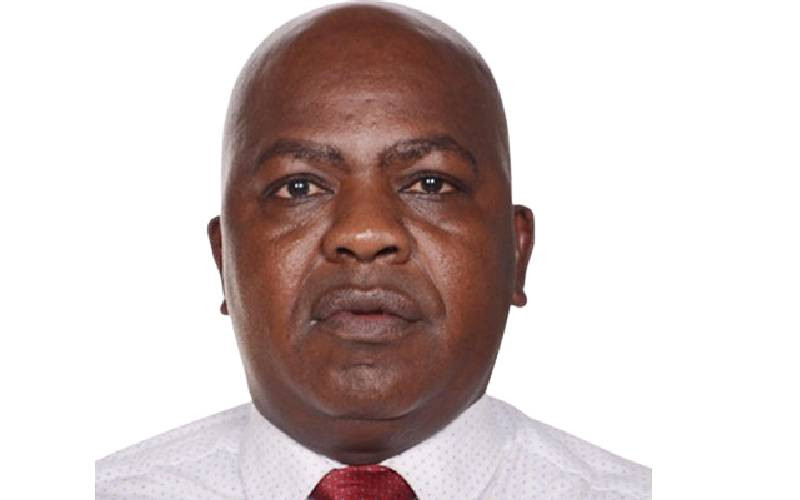 |
|
University of Nairobi post-graduate student David Muriuki Karibe demonstrates how his software analyses fruit quality at the recently ended Nairobi International Trade Fair. [PHOTO: MISHECK MWANGI/STANDARD] |
Nairobi; Kenya: A University of Nairobi (UON) post-graduate student has come up with a fruit quality assessing software that uses remote sensing to ascertain the extent of ripeness in tomatoes, oranges, mangoes and other fruits. The software can be used to grade different fruits for their freshness and price them accordingly.
“A blue light from a light emitting diode (LED) is shone through a fruit. In response, the fruit emits some light which is analysed for fruit quality. This response comes from the skin of the fruit and has a direct relationship to the freshness of the fruit,” stated David Muriuki Karibe, a Master of Science (Msc) physics student at the University of Nairobi.
“For instance, some banana varieties will ripen but still retain the green colour on their skins. Other varieties turn yellow on ripening. Rather than squeezing the fruit - which may itself lead to deterioration- the new technology will help measure the ripeness and freshness quickly and efficiently by randomly picking fruits.”
The research is good news to fresh produce farmers, who lose over 45 per cent of their produce to post-harvest losses that emanate from rotting, which is attributed to over-ripening, according to research conducted by the Kenya Agricultural Research Institute.
At the same time, the fruit market has increasingly become conscious to the freshness of fruit - demanding that they are harvested at the right time to improve their storage and quality.
Mass roll out
Accordingly, farmers would need to know the optimal time to harvest their mangoes, oranges, avocados and tomatoes to stop losses that amount to millions of shillings.
According to Mr Karibe, a senior technologist in UON’s Physics department, the software is at prototype level awaiting mass roll out. So far however, the software development has cost Sh500, 000 in purchasing the necessary hardware and intellectual input. Most of this funding has come from the university and personal savings.
Mr Karibe however, laments that local software developer’s lack the necessary backing from industry.”In developed nations, industry funds research projects at universities. Once a new product or software has been developed, industry takes up the product for the commercialisation phase.
In Kenya, the role of industry in research is missing leaving researchers and developers in the dark as they seek financiers for their ideas,” he asserted during the recently concluded Nairobi International Trade Fair.
In developed nations, industry spends a lot of money on research and development, which promotes innovation in local universities, according to Mr Karibe.
The software is suitable for all horticulture producers both large and small scale. Other users would be fruit vendors such as supermarkets and other outlets that deal with picky customers.
On mass production and rolling out of the software, Mr Karibe contends that UON will demand 40 per cent of the total valuation since the prototype is developed on its premises. “Valuation will also include the cost of research and development, marketing costs and the anticipated profit margin on the final price of the software package,” he said.
 The Standard Group Plc is a
multi-media organization with investments in media platforms spanning newspaper
print operations, television, radio broadcasting, digital and online services. The
Standard Group is recognized as a leading multi-media house in Kenya with a key
influence in matters of national and international interest.
The Standard Group Plc is a
multi-media organization with investments in media platforms spanning newspaper
print operations, television, radio broadcasting, digital and online services. The
Standard Group is recognized as a leading multi-media house in Kenya with a key
influence in matters of national and international interest.
 The Standard Group Plc is a
multi-media organization with investments in media platforms spanning newspaper
print operations, television, radio broadcasting, digital and online services. The
Standard Group is recognized as a leading multi-media house in Kenya with a key
influence in matters of national and international interest.
The Standard Group Plc is a
multi-media organization with investments in media platforms spanning newspaper
print operations, television, radio broadcasting, digital and online services. The
Standard Group is recognized as a leading multi-media house in Kenya with a key
influence in matters of national and international interest.









